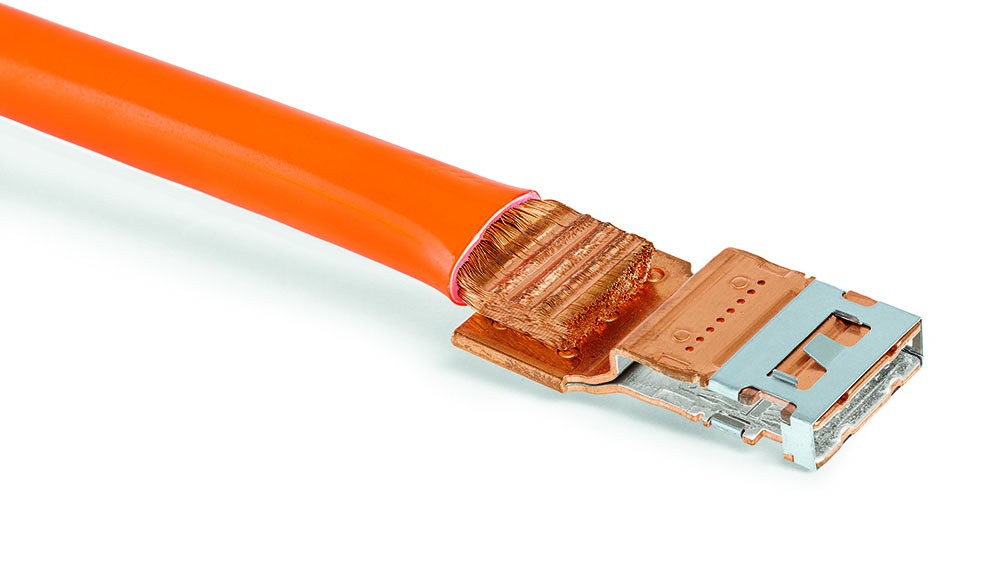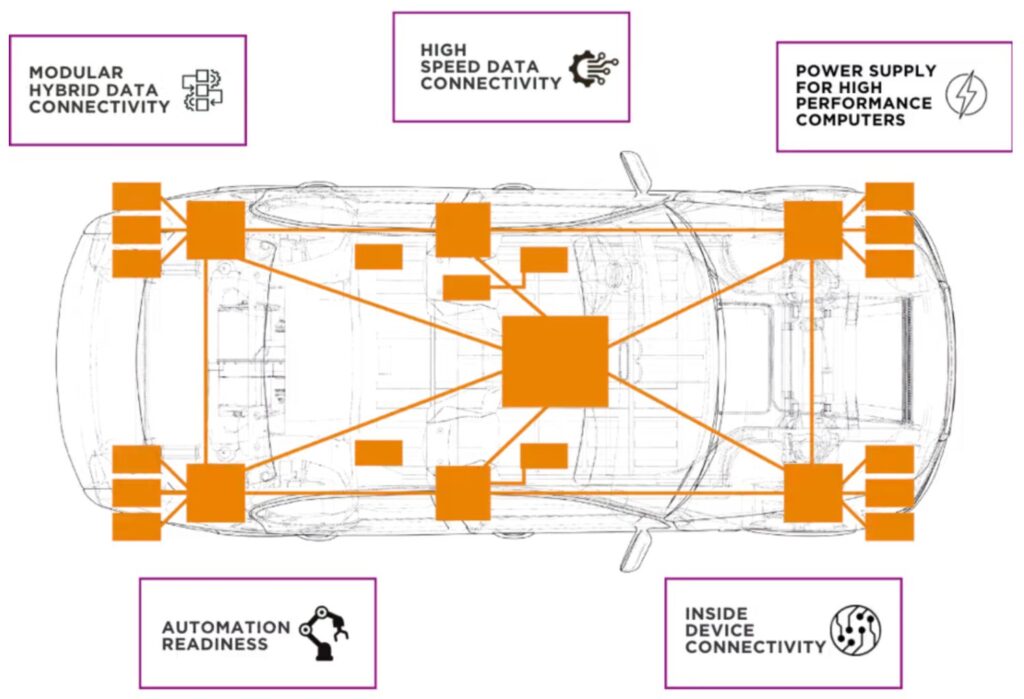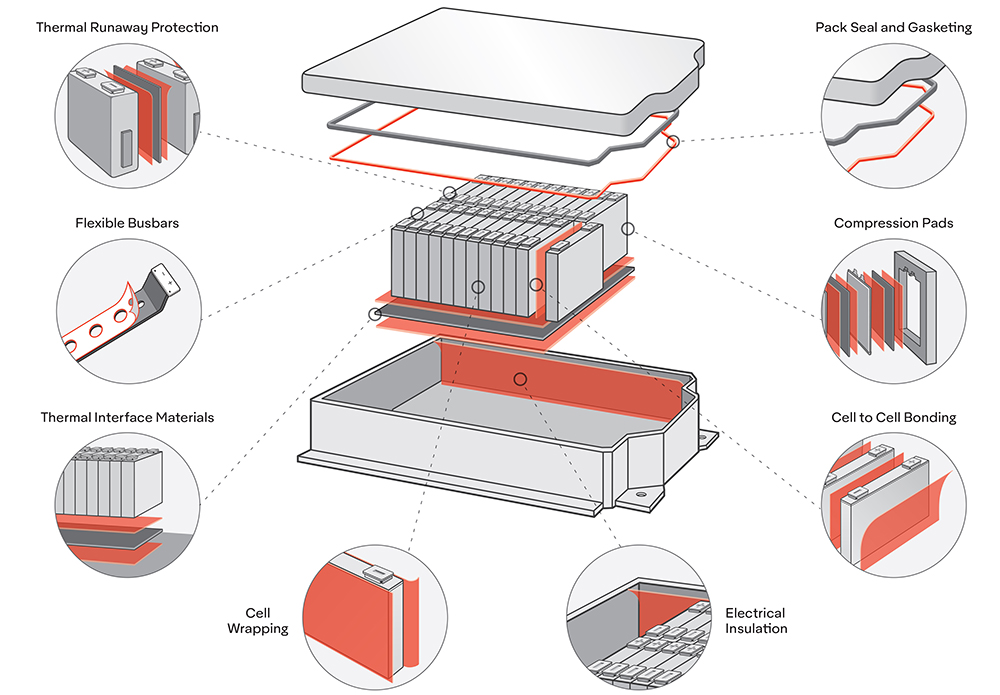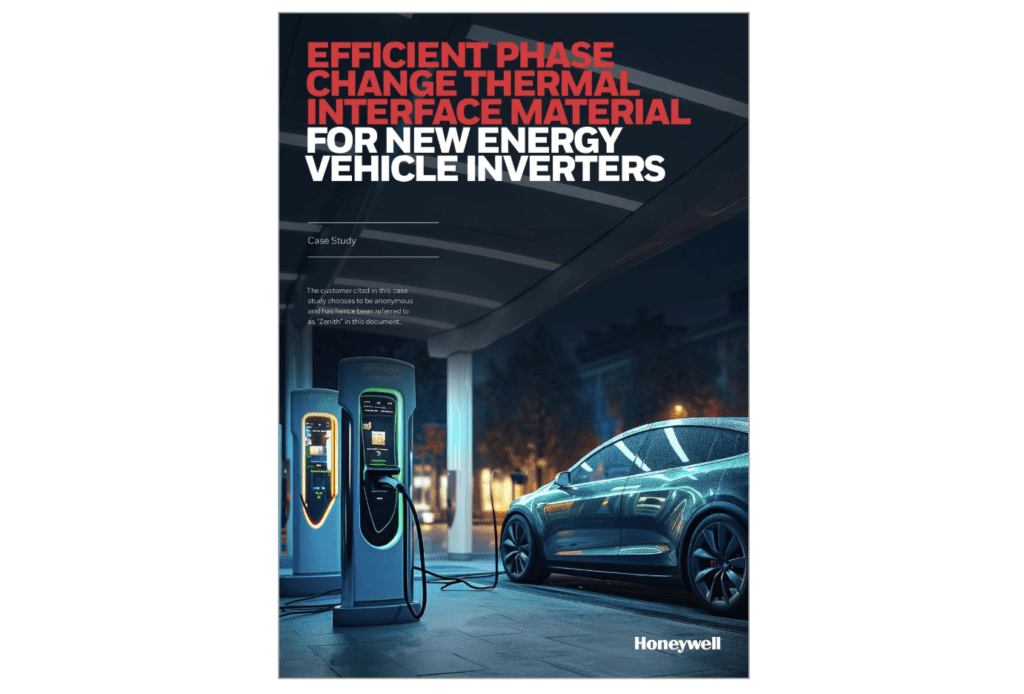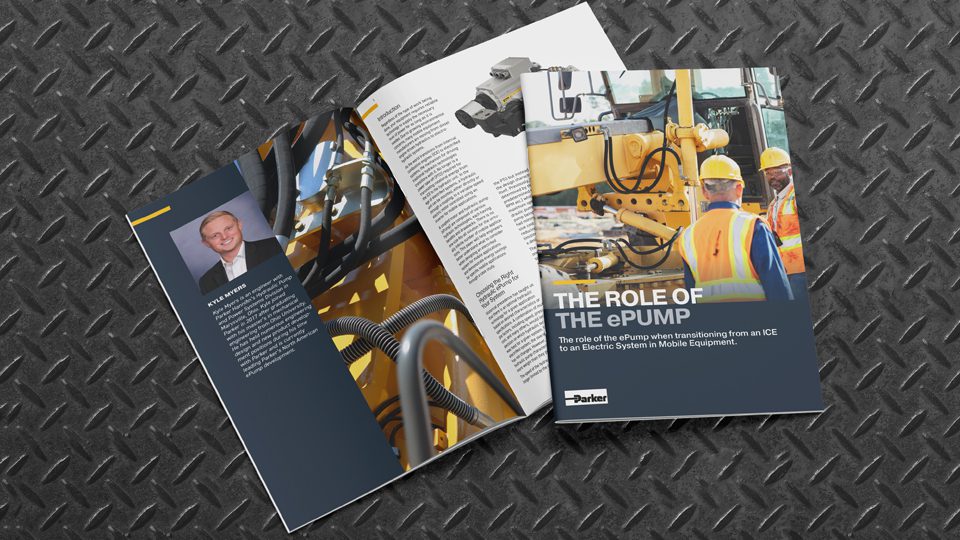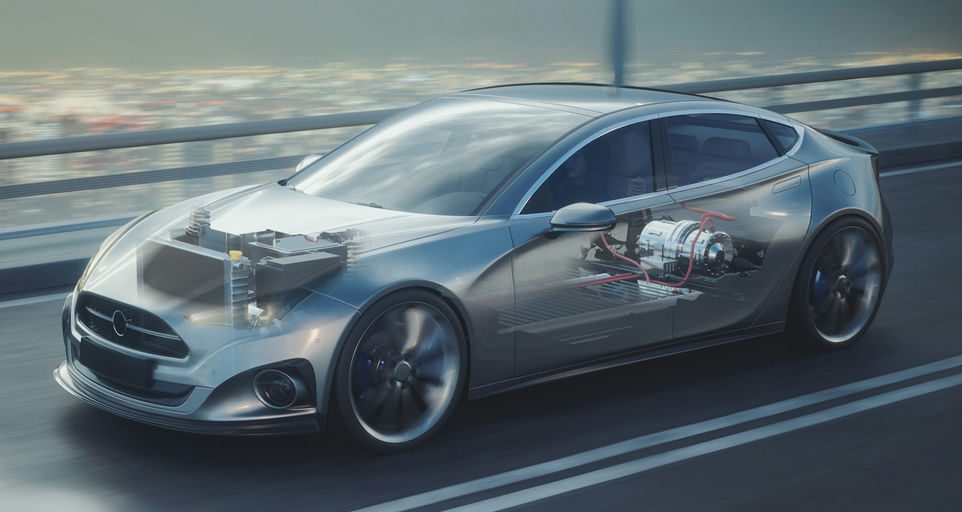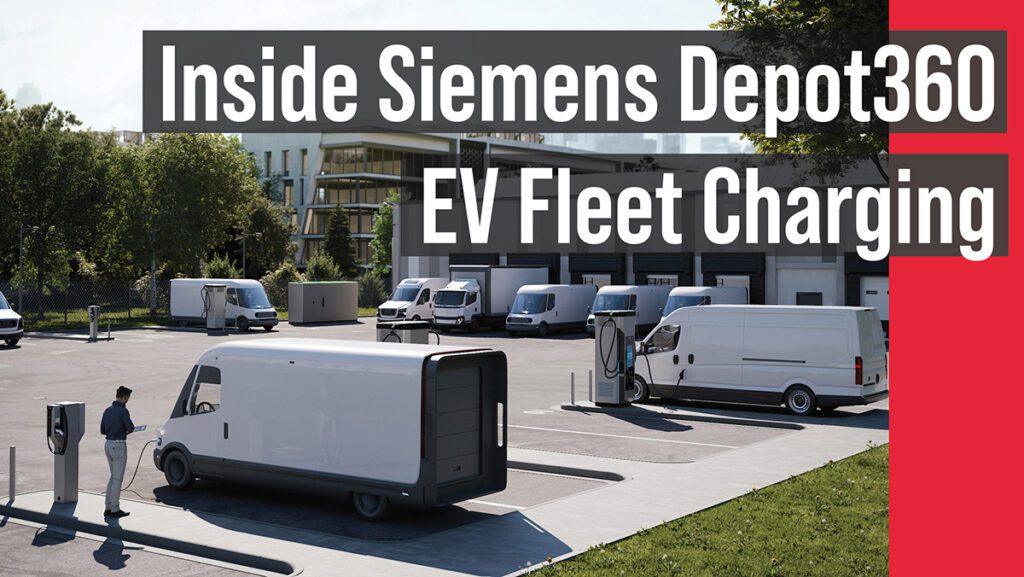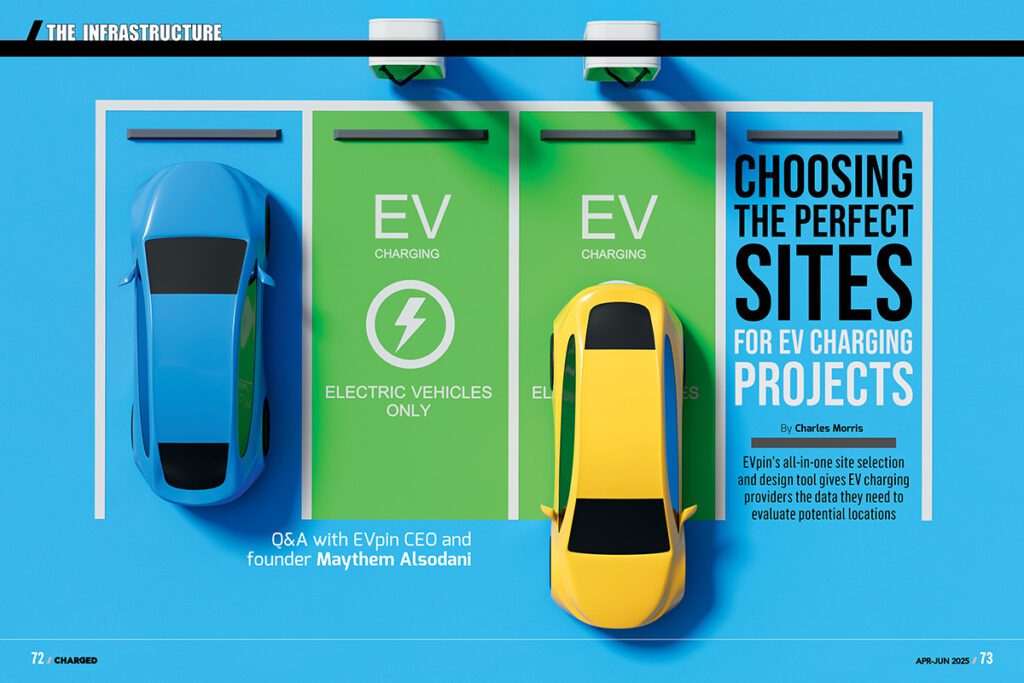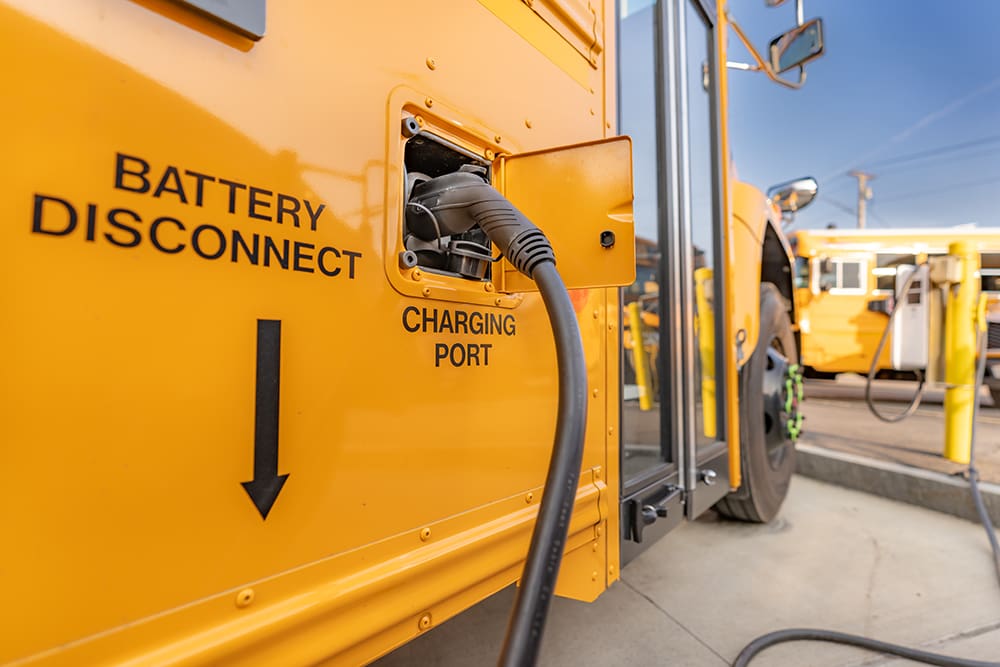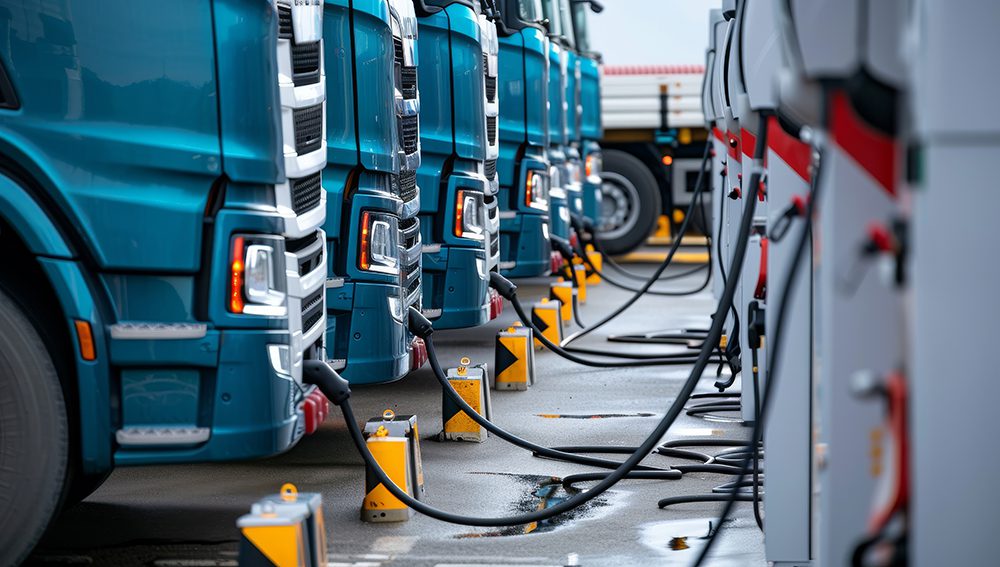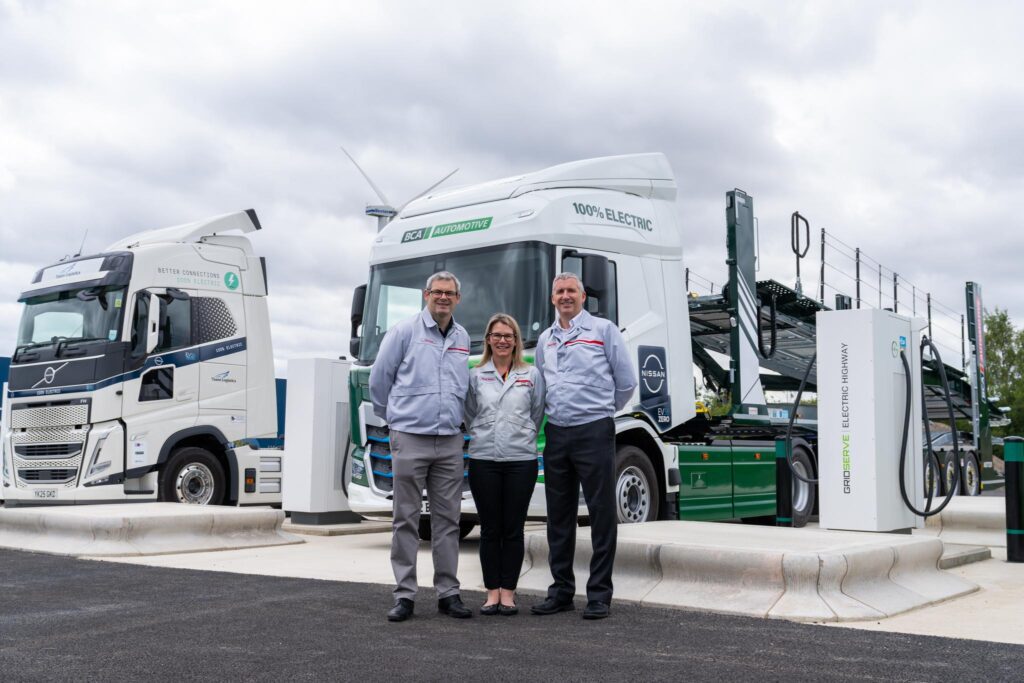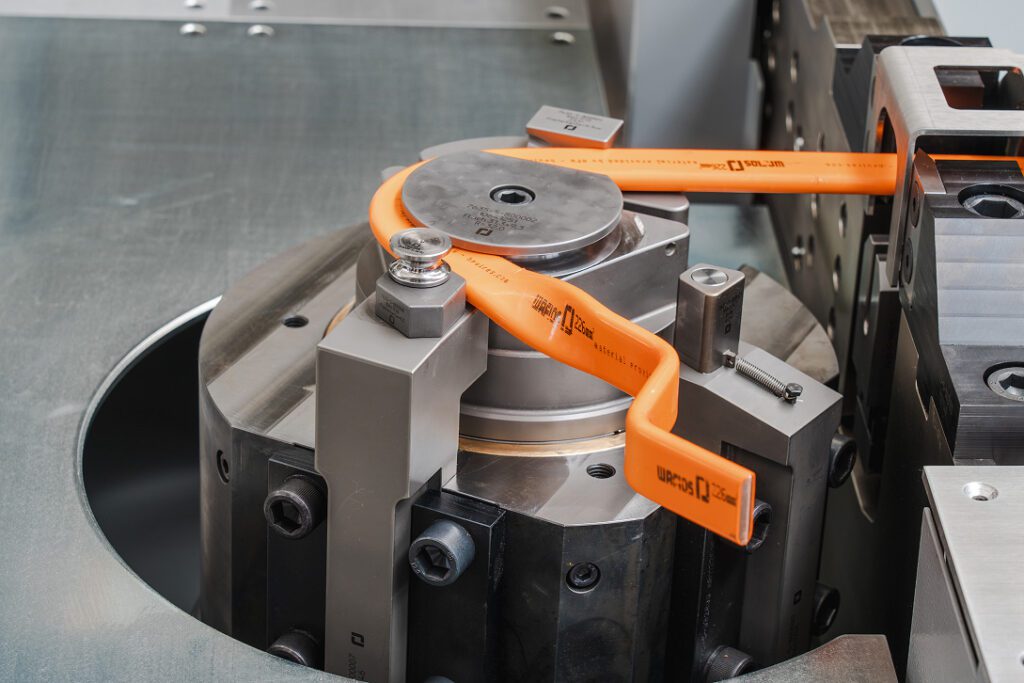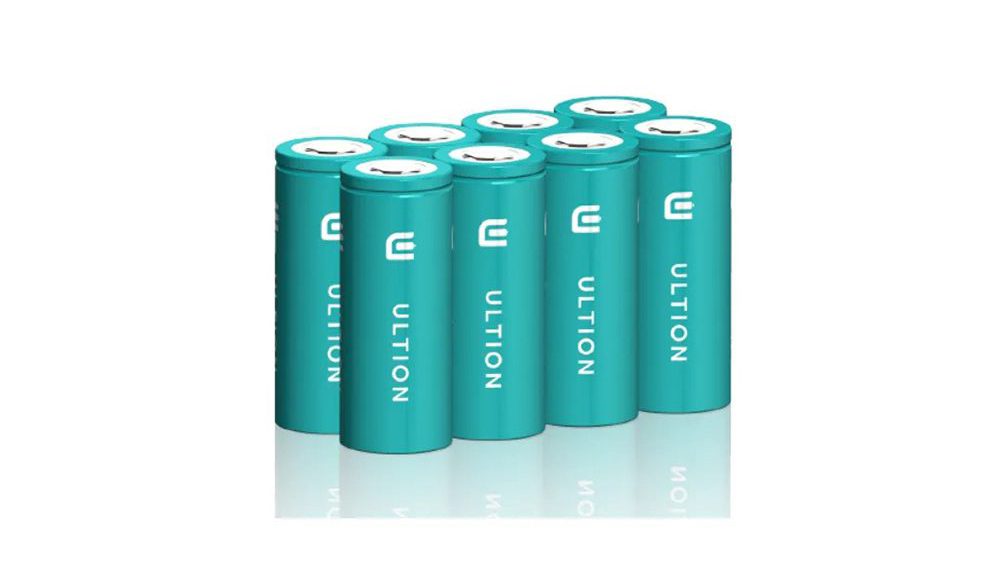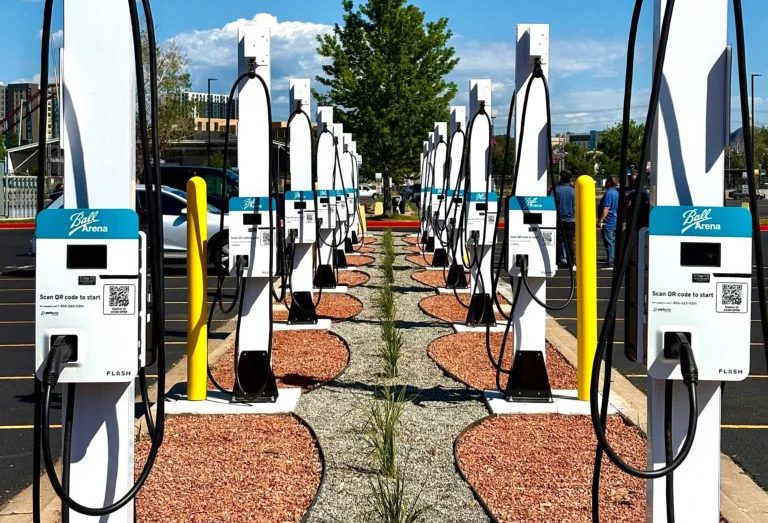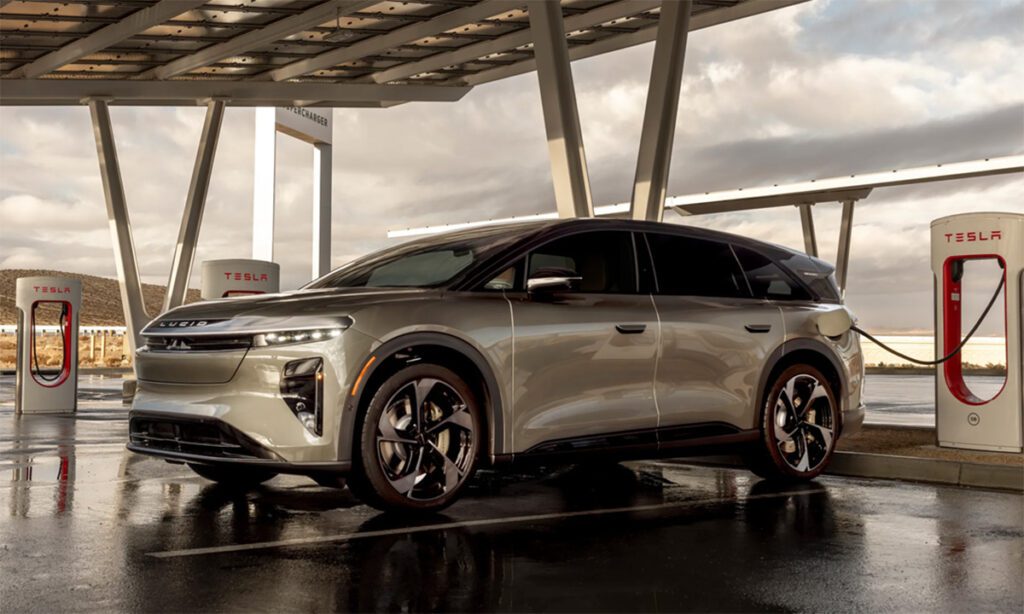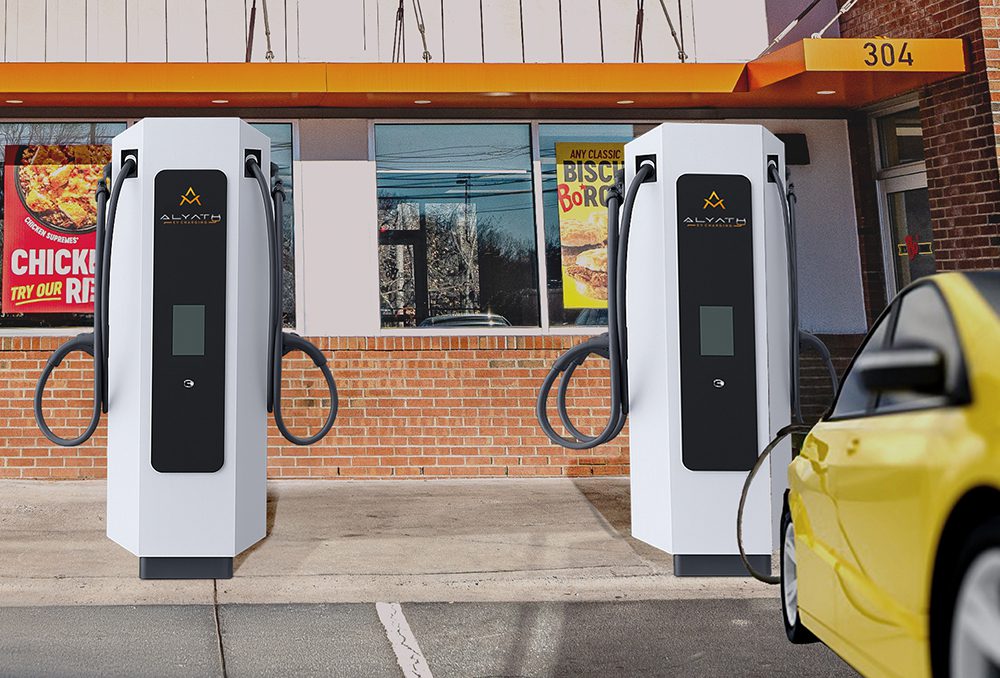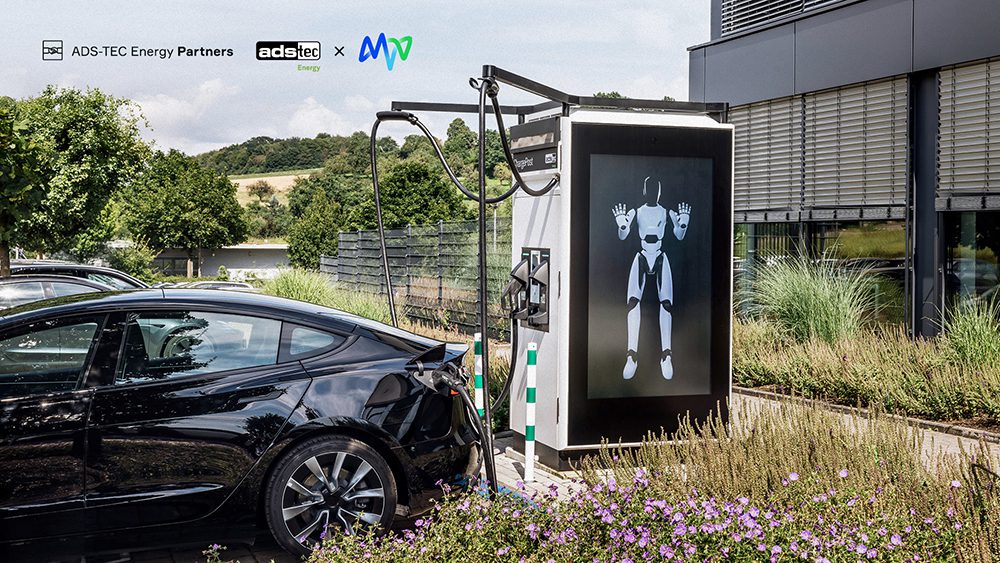We’ve been reading a lot about looming shortages of battery raw materials such as lithium, nickel and graphite. But EV motors and electronics also use rare earths and other critical metals, which have their own set of supply constraints.
A recent survey led by Sweden’s Chalmers University of Technology on behalf of the European Commission has found that current production levels of these critical metals will not be enough to meet Europe’s future demand for EVs, even if recycling increases.
“The metals that are highly sought after, such as dysprosium, neodymium, manganese and niobium, are of great economic importance to the EU, while their supply is limited, and it takes time to scale up production,” write the Chalmers researchers. “Only a small proportion of the metals are currently recycled from end-of-life vehicles.”
“The EU is heavily dependent on imports of these metals because extraction is concentrated in a few countries such as China, South Africa and Brazil,” says Chalmers Associate Professor Maria Ljunggren. “The lack of availability is both an economic and an environmental problem for the EU, and risks delaying the transition to electric cars and environmentally sustainable technologies.”
It’s not just EVs that are using increasing amounts of these metals. The survey, which goes back as far as 2006, shows that the proportion of critical metals used in vehicles has been increasing since before the rise of EVs. (ICE vehicles also use electric motors and electronic components.)
“Neodymium and dysprosium usage has increased by around 400 and 1,700 percent respectively in new cars over the period, and this is even before electrification had taken off,” says Ljunggren. “The use of gold and silver, which are not listed as critical metals but have great economic value, has increased by around 80 percent.”
Whereas recycling is expected to meet much of the future need for some raw materials such as lithium, nickel and copper, the rare earth materials are found in very small concentrations in each car, and are thus economically difficult to recycle.
“If recycling is to increase, cars need to be designed to enable these metals to be recovered, while incentives and flexible processes for more recycling need to be put in place. But that’s not the current reality,” says Ljunggren. “It is clear that an increase in recycling alone cannot meet requirements in the foreseeable future, just because the need for critical metals in new cars is increasing so much. Therefore there needs to be a greater focus on how we can substitute other materials for these metals. But in the short term it will be necessary to increase extraction in mines if electrification is not to be held back.”
The European Commission recently put forward the Critical Raw Materials Act, which emphasizes the need to enhance cooperation with trading partners, to improve the recycling of raw materials, and to develop domestic geological resources.

























